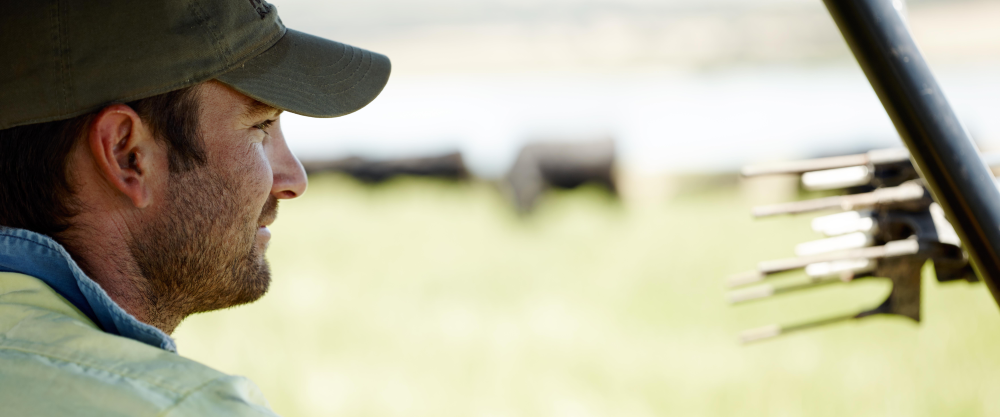Guidelines for the land transport of livestock form an important part of the Australian Animal Welfare Strategy (AAWS), which facilitates consistent policies across Australia to ensure animal welfare.
These guidelines were developed in consultation with government bodies, livestock industry organisations, animal welfare groups and the general public via the Animal Welfare Committee.
Due to the potentially stressful nature of transporting livestock, Australian operators put in place effective management practices to minimise risks. The welfare of the animals is considered at every stage.
Before the journey starts, all livestock intended for transport must be assigned as fit for travel and adequately prepared for the journey. During transit, competent handlers must adhere to the correct procedures, using well maintained facilities designed for the safe transport of livestock. Journeys must be planned to ensure prompt delivery of livestock with appropriate consideration made for any externalities that may affect the animals’ welfare. Proper consideration must also be given to their feed and water requirements while in transit, as well as any shelter and/or protection required to shield them from injury or disease.
Managing the risk factors of transporting livestock is a responsibility shared between every party involved, including drivers, transport companies, owners, agents and livestock handlers. Enterprises such as depots, saleyards, feedlots and livestock-processing plants are also held accountable to the same metrics outlined below.
More Information
ANIMAL WELFARETRANSPORTPRODUCTION INTEGRITYPRODUCTION
Article Date: 6th May 2019
